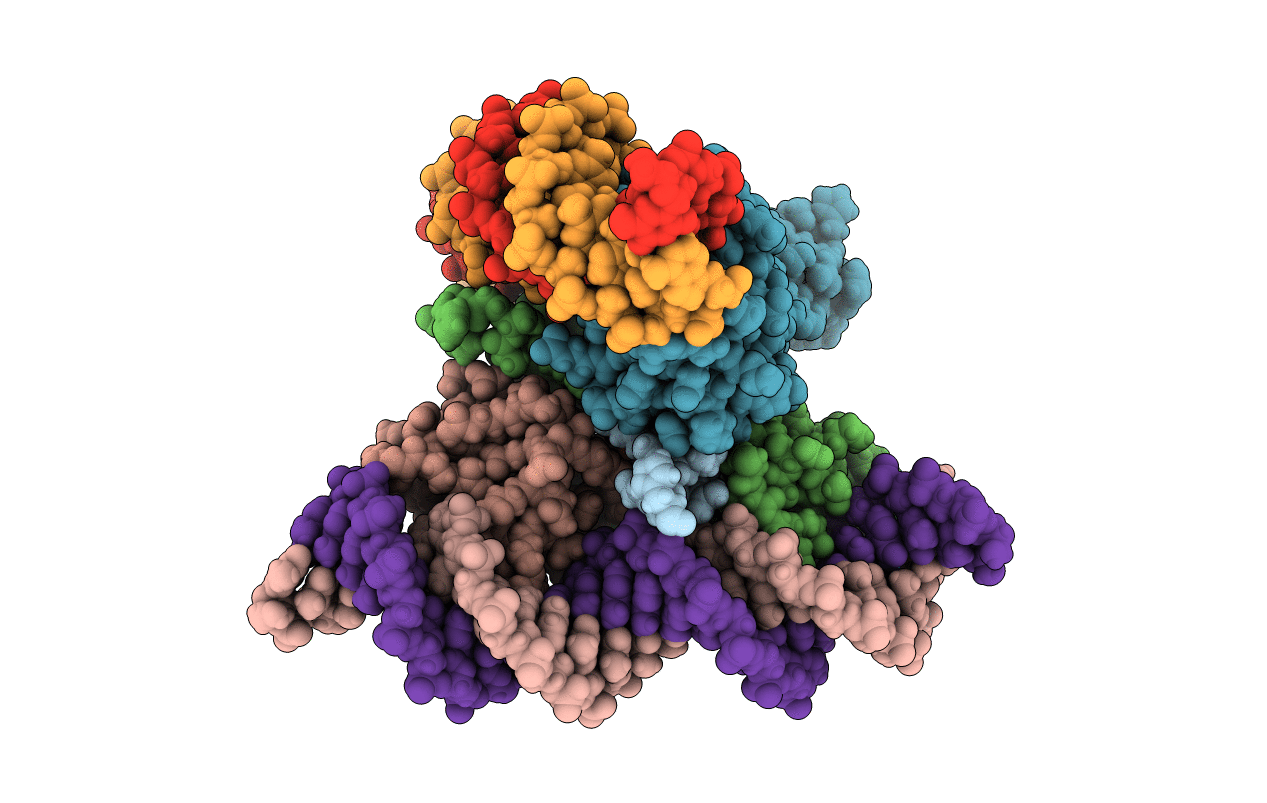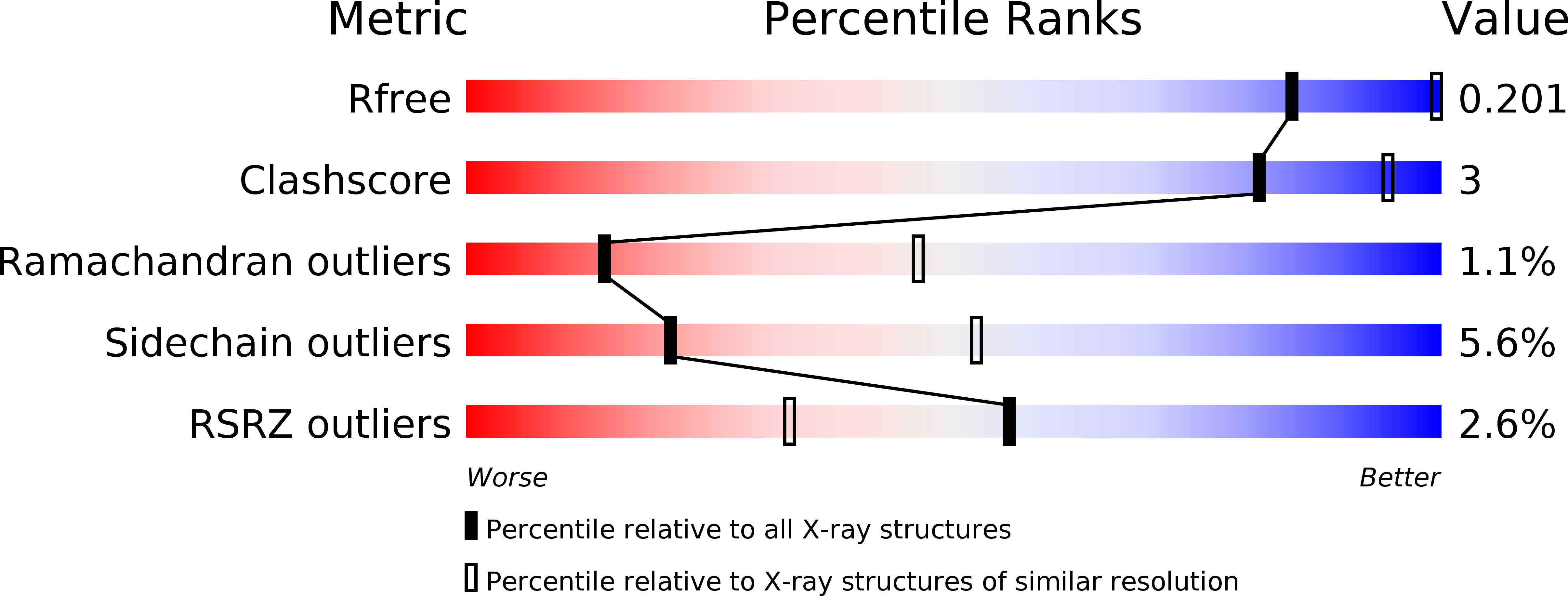
Deposition Date
2012-12-19
Release Date
2013-07-10
Last Version Date
2023-09-20
Entry Detail
PDB ID:
4IHS
Keywords:
Title:
Crystal Structure of BenM_DBD/catB site 1 DNA Complex
Biological Source:
Source Organism:
Acinetobacter sp. (Taxon ID: 62977)
(Taxon ID: )
(Taxon ID: )
Host Organism:
Method Details:
Experimental Method:
Resolution:
3.10 Å
R-Value Free:
0.20
R-Value Work:
0.17
R-Value Observed:
0.17
Space Group:
P 42 21 2


